Have you ever thought about the physical intricacies involved when it comes to kicking a soccer ball?
Well, I have!
Over the years I’ve gained an appreciation for the simple motion of striking a soccer ball accurately with either foot.
So, in this article I wanted to give a bit of a physics lesson by diving into the granular details of energy transformation that occurs when a soccer ball moves on the ground or in the air.
Now, here’s my quick answer on the topic…
Soccer balls do contain energy. Even when a ball is motionless, it is stored with potential energy that is ready to be converted into kinetic energy once it starts moving; gravitational potential energy when it climbs higher in the air and even thermal and sound energy once contact force is made from being kicked or thrown.

Want to test your knowledge on soccer ball care?
Take the quiz by clicking the button below and see just how informed you truly are!
Note - You'll need to enter your email address to see the final results.



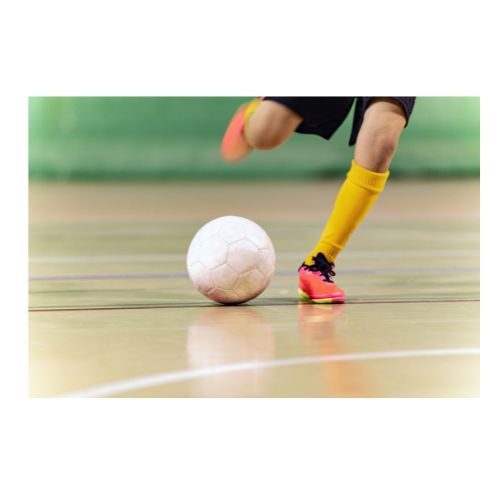




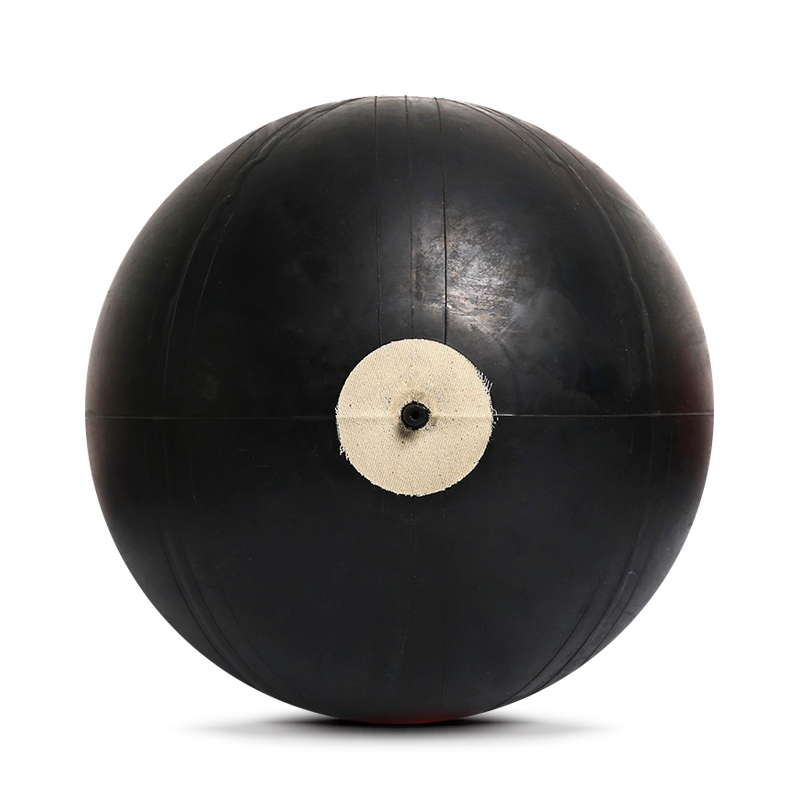










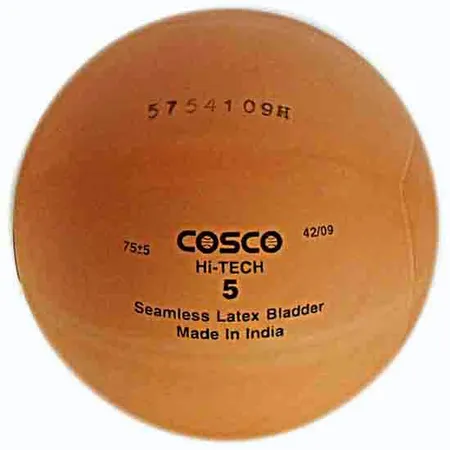




That summary should give you a bit of insight into the energy that’s present within the very best soccer balls.
But let’s expound on this.
Types of energy exerted when kicking a soccer ball
Soccer balls contain different types of energy depending on the situation.
I’ll now use the specific example of a soccer ball launched into the air to denote all the different types of energy it contains.
Get ready for a bit of a physics lesson!
1. Kinetic energy
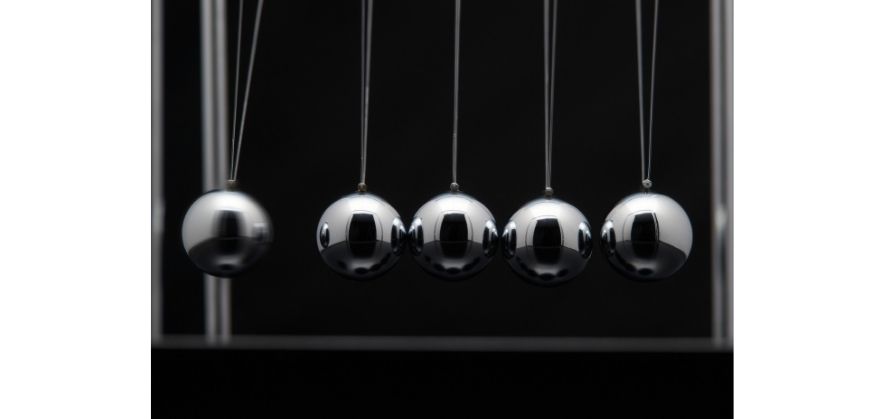
As I alluded to earlier on in the article, a soccer ball receives kinetic energy once a person uses their leg to make significant contact with it.
One could even use their arm to throw it upward into the sky and the same kinetic energy will be produced.
This is because kinetic energy is defined as the energy that an object or particle has because of its motion.
A force must be applied in order to move a stationary soccer ball, because producing such a force relies on work being done to overcome the gravitational pull that is present.
Once that work has been completed, the chemical energy that comes from a person’s own body is transferred to the soccer ball.
It will then begin to move due to the resulting kinetic energy that has emerged from the force of being kicked or thrown.
2. Thermal energy
In my article on whether soccer balls sink or float (check that out!), I briefly explained the concept of molecular structure and why it influences the ability or tendency of an object to float in water or any other fluid.
Something similar happens at the molecular level when a soccer ball moves.
Once in motion, molecular particles within the soccer ball begin to vibrate and separate from each other, leading to thermal energy being produced.
This point is backed up by an organisation called Science Learning Hub, who posit that heat energy is created from the movement of tiny particles called atoms, molecules or ions.
3. Sound energy
This type of energy should be quite simple to grasp.
It’s essentially a by-product of a soccer ball being kicked.
Once a person’s leg comes into contact with the outer cover of the ball, the force causes the ball to vibrate.
After this has occurred, the surrounding air molecules vibrate as well, which leads to a chain reaction where those molecules bump into other nearby ones and a sound wave is then produced.
This wave of sound makes its way to a person’s ear drum in split seconds, which is how the person hears the contact of the ball immediately.
4. Gravitational potential energy
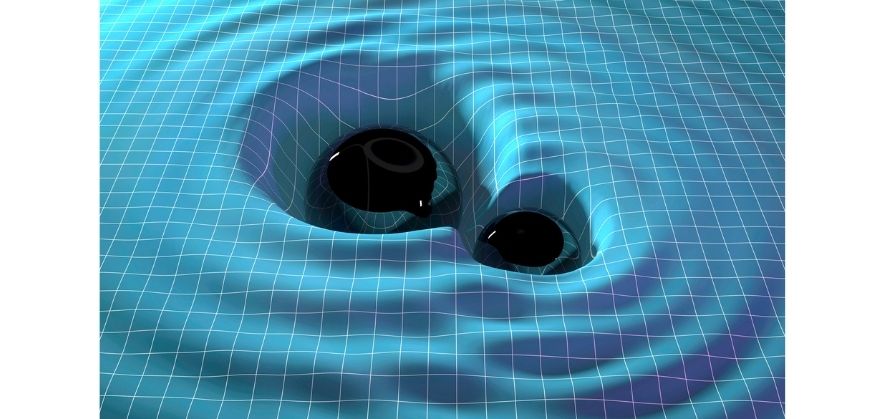
Lastly, as the ball moves towards its peak ascension point in the air, it gains gravitational potential energy.
This energy is what is stored in an object as a result of its vertical position or height.
You often hear of the saying that “what goes up must come down”.
This holds true here as the ball will begin its descent once the Earth’s gravitational pull begins to outweigh the force that was used to launch the soccer ball into the air in the first place.
Therefore, the gravitational potential energy that maxed out at the soccer ball’s peak height in the air is then transferred into kinetic energy once it starts moving downwards.
Does a soccer ball have energy when it’s not moving?
The simple answer to this question is…
Yes, it does!
As you will be aware when the soccer ball is not in motion, it doesn’t have kinetic energy.
However, it still has what is called potential energy – energy that is stored.
This is because in its stationary state, the ball still has the potential to do work or the potential for energy conversion.
So, even when a soccer ball is standing still, it contains potential energy waiting to be unleashed.
Energy transformation in a rolling soccer ball
I thought I’d wrap up this piece with a visual demonstration of the energy changes that take place when a soccer ball moves down a hill.
Check out the informative video below for further understanding:
Final thoughts
Ultimately, you’ll have learned from today’s article that…
A soccer ball possesses various forms of energy.
Prior to the object moving, the human body is sufficiently fuelled with chemical energy received from the food and drink that the person previously consumed.
But a portion of this stored chemical energy needs release in order to make the leg or arm muscles move.
A transfer of chemical energy then occurs when the leg makes contact with the soccer ball or when the arm launches it, as the force that went into that collision or push causes it to move and emit kinetic energy.
If you want to read a related post about this topic, check out our article on what happens to energy when Sally kicks a soccer ball.
If you enjoy the content that I create and would like to buy me a coffee, then I’d really appreciate it!
Any money that I earn through this donation will be re-invested into more content for this website.
Additionally, by sending in a donation you’ll also receive a copy of my recently released 190+ page eBook on Soccer Ball Care, as well as be subscribed to our mailing list where you’ll be regularly informed on the latest developments concerning the Soccer Whizz blog.
- Future Icons: Europe’s Emerging Midfield Maestros Set for Glory - December 4, 2023
- Kickstarting a Revolution: How Soccer Transformed the United States Over the Last Four Years - October 7, 2023
- 4-1-4-1 Soccer Formation [Analysis] - September 23, 2023

